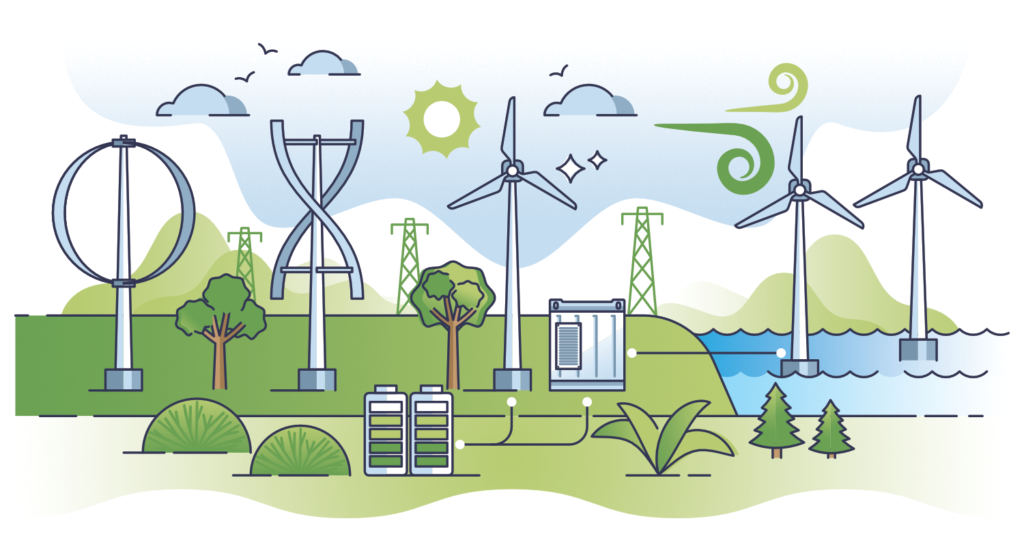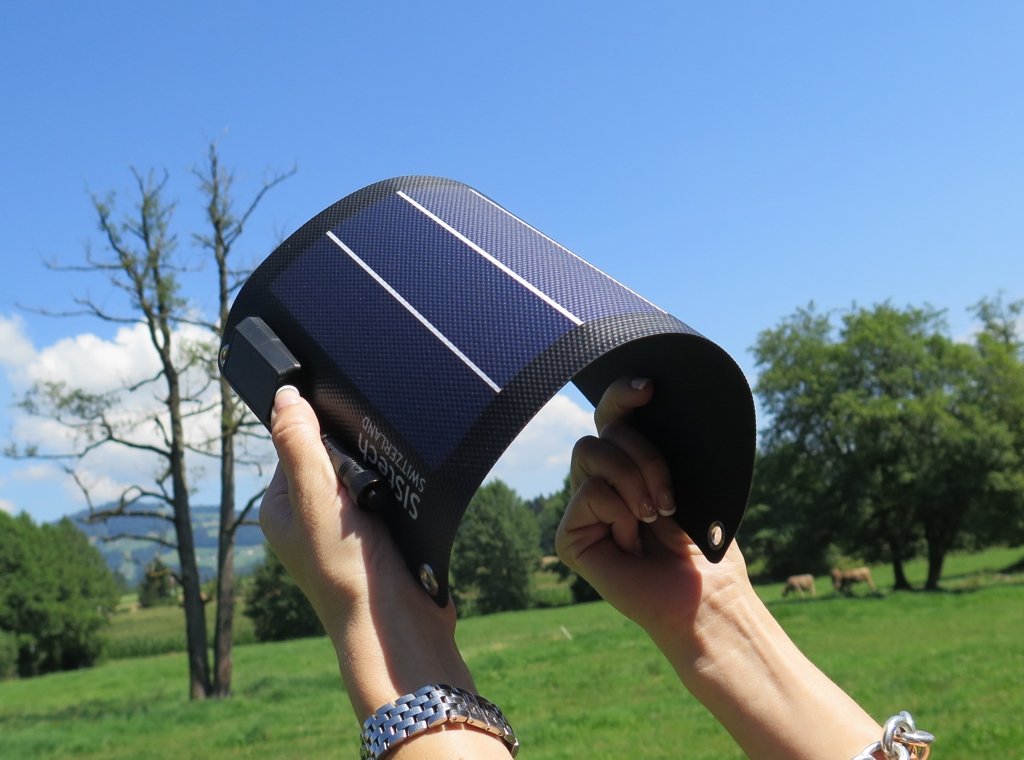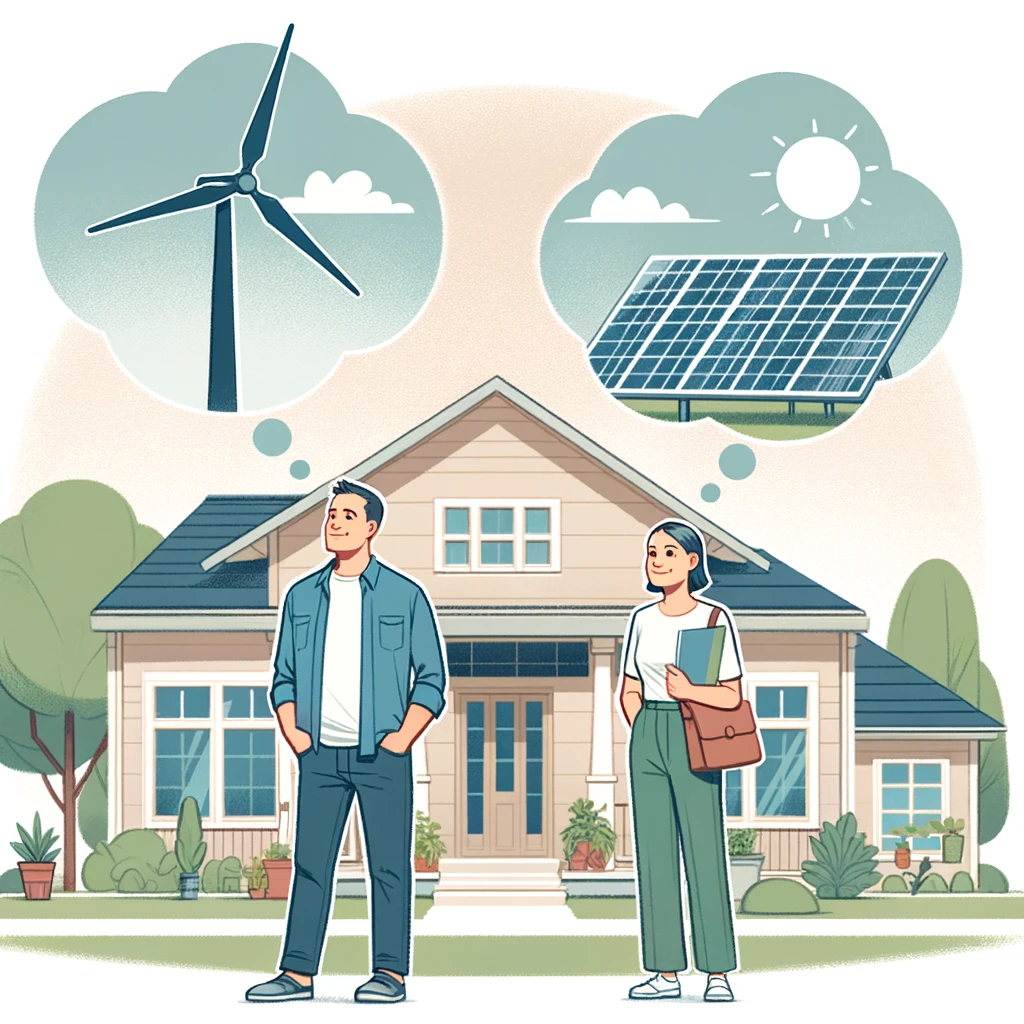Residential wind turbines are an increasingly popular choice for homeowners seeking clean and sustainable energy solutions. These elegant structures harness the power of the wind, converting it into electricity to power homes. However, wind energy can be sporadic, blowing when you might not need it and remaining still when you do. This is where wind energy storage systems come into play, ensuring you have a continuous and reliable energy supply. In this comprehensive guide, we will explore various methods to store energy generated by residential wind turbines, understanding the importance of storage, the different ways to store wind energy, and what to consider when selecting the right system for your home.

Wind Turbine Rated Power: Understanding the Basics
When considering residential wind energy systems, it’s essential to first understand the concept of wind turbine rated power. This value is typically expressed in kilowatts (kW) or megawatts (MW). It signifies the potential maximum energy output of the turbine when it operates under its rated wind speed. In other words, the wind speed at which the turbine is designed to achieve its maximum power output.
The Importance of Wind Energy Storage: Why It Matters
When looking at renewable energy such as wind or solar power, energy storage systems are definitely essential for several reasons:
- Matching Supply and Demand: As we know, wind energy production can vary, and often, could blow at high speed when you don’t necessarily need electricity. Understanding the rated power helps you ensure that your energy storage system is appropriately sized to store that excess energy produced when the wind is strong. This stored energy can then be used during periods of low wind, when the turbine’s output may not meet your energy consumption needs.
- Grid Independence: With energy storage, you can reduce your dependence on the grid, using stored energy during power outages or peak demand periods. Even better, with the right set up, you could even eliminate the dependence completely. Hello savings!
- Efficiency: Properly sizing your energy storage system based on the wind turbine’s rated power, helps you avoid overspending on a system that exceeds your requirements. It also prevents under-sizing, which could lead to energy shortages during periods of high demand. The goal here is to find that ideal zone in the middle.
- Environmental Impact: Reducing the need for backup fossil fuel power during wind lulls is eco-friendly and contributes to a cleaner environment.
Methods of Wind Energy Storage: A Spectrum of Options
In the following, we will take a closer look at the different ways wind energy can be stored. Now, for the purpose of this exercise, we’ll include all storage methods that are more commonly used in a residential setting. And let’s not forget, each storage method have their own pros and cons, which we will cover as well. Understanding these can help you make the right choice for your specific needs.
1. Batteries: The Workhorse of Wind Energy Storage
Batteries are a common and versatile energy storage solution for residential wind turbines. They store excess electricity generated by the wind turbine and release it when demand exceeds generation. Batteries can be a fundamental part of an off-grid system or provide backup power for grid-connected homes during outages.
There are 3 main battery types:
- Lead-Acid Batteries: These traditional batteries are cost-effective and suitable for smaller-scale residential applications. However, they have limited cycle life and lower energy density.
- Lithium-Ion Batteries: Lithium-ion batteries offer higher energy density, longer cycle life, and faster response times. They are the preferred choice for many residential wind energy storage systems.
- Flow Batteries: Flow batteries are gaining attention for their ability to store large amounts of energy for extended periods. They use chemical solutions in separate tanks, allowing for capacity adjustments.
| Pros | Cons |
|---|---|
| ✔ Reliability: Batteries are a reliable and proven technology | ✖ Limited Lifespan: Batteries have a finite lifespan and require replacement |
| ✔ Versatility: They come in various types to suit different applications | ✖ Initial Cost: Quality batteries can be expensive to purchase and install |
| ✔ Scalability: Battery capacity can be easily adjusted to meet energy needs | ✖ Environmental Impact: Manufacturing and disposal can have environmental impacts |
2. Hydrogen Energy Storage: Clean and Versatile
Hydrogen energy storage involves the production of hydrogen gas using excess electricity generated by wind turbines. The hydrogen gas is stored and can later be converted back into electricity through fuel cells when needed. It is a promising solution for long-term energy storage and off-grid applications.
A typical hydrogen energy storage system includes an electrolyzer to produce hydrogen, hydrogen storage tanks or containers, and fuel cells to convert stored hydrogen back into electricity.
| Pros | Cons |
|---|---|
| ✔ Clean Energy Carrier: Hydrogen is a clean energy carrier | ✖ Efficiency: Electrolysis and fuel cells have efficiency losses |
| ✔ Versatility: Hydrogen can be used for various applications, including electricity generation and fuel cells | ✖ Hydrogen Handling: Hydrogen can be challenging to handle safely |
| ✔ Long-Term Storage: Suitable for long-term energy storage needs | ✖ Infrastructure Development: Widespread adoption may require significant infrastructure |
3. Flywheel Energy Storage: The Kinetic Connection
Flywheel energy storage systems use the principle of kinetic energy to store and release electricity. A flywheel is a rotating mechanical device that stores energy in its rotational motion. Excess electricity generated by wind turbines is used to accelerate the flywheel’s rotation, and when energy is needed, the flywheel’s kinetic energy is converted back into electricity.
| Pros | Cons |
|---|---|
| ✔ Rapid Response: Flywheels offer quick power delivery, suitable for applications that require rapid response | ✖ High Initial Cost: Flywheel systems can have a higher upfront cost |
| ✔ Long Lifespan: Flywheels have a long operational lifespan with minimal maintenance | ✖ Limited Energy Capacity: Typically used for short-term, high-power applications |
| ✔ High Efficiency: Energy losses are minimal due to the kinetic nature of flywheels | ✖ Space Requirements: Flywheel systems can be space-intensive |
4. Thermal Wind Energy Storage: Heating Up the Solution
Thermal energy storage involves capturing excess electricity generated by wind turbines and converting it into heat. This heat is stored and can later be used to generate electricity when needed. Thermal energy storage is typically achieved using various technologies, including phase-change materials, molten salts, or hot water storage systems.
| Pros | Cons |
|---|---|
| ✔ Renewable Integration: Effective for integrating wind energy into heating and cooling applications | ✖ Limited Applicability: Suited for specific applications like space heating and cooling |
| ✔ Efficiency: Well-designed thermal storage systems can achieve high efficiencyd | ✖ Complex Design: Designing and integrating thermal storage can be complex |
| ✔ Sustainability: Some thermal storage solutions use non-toxic and environmentally friendly materials | ✖ Temperature Loss: Some energy is lost due to temperature variations |
5. Smart Grid Integration: Grid Meets Green
Smart grid integration involves connecting your wind energy system to the electrical grid and utilizing grid-balancing technologies and demand response systems. This also allows compensation from utility companies when sending energy back to the grid.
| Pros | Cons |
|---|---|
| ✔ Grid Stability: Enhances grid stability by matching energy demand with wind energy supply | ✖ Infrastructure Requirements: Implementing smart grid technologies may require infrastructure upgrades and investments |
| ✔ Energy Balancing: Demand response systems help balance energy supply and demand, reducing waste and grid stress | ✖ Regulatory Challenges: The adoption of smart grid solutions can face regulatory hurdles and policy challenges |
| ✔ Optimized Energy Use: Enables optimization of renewable energy use while ensuring grid reliability | ✖ Dependence on the Grid: While smart grid integration can optimize energy use, it still relies on grid connectivity, which may not suit all off-grid scenarios |
Situational Considerations: When One Wind Energy Method Outshines the Rest
Choosing the right energy storage method for your residential wind turbine isn’t a one-size-fits-all decision. Your choice should align with your specific circumstances, energy needs, and priorities. Here are key situational considerations that can help you determine when one storage method may outshine the others:
Wind Turbine Capacity
Higher Wind Turbine Capacity:
- Battery Storage: When your wind turbine has a higher capacity and can generate substantial electricity, batteries provide an excellent solution for efficiently storing and utilizing this surplus energy.
- CAES: If you have access to suitable geological formations, CAES can be an effective choice to store large amounts of energy from a high-capacity wind turbine.
Lower Wind Turbine Capacity:
- Hydrogen Storage: Smaller wind turbines may not produce excess energy at the same scale as larger ones. In such cases, generating hydrogen through electrolysis and storing it can be a practical option for efficient energy utilization.
- Thermal Storage: Wind turbines with lower capacity can benefit from thermal storage systems, which are well-suited for specific applications like space heating and cooling.
Energy Demand Profile
Constant Energy Demand:
- Battery Storage: If your household has a relatively constant energy demand, batteries are suitable for delivering consistent power when needed.
- Hydrogen Storage: Hydrogen can provide continuous power for applications with steady energy requirements.
Fluctuating Energy Demand:
- Smart Grid Integration: For homes with variable energy demand or those connected to the grid, smart grid solutions are effective in balancing supply and demand, ensuring power availability when needed.
- Flywheel Storage: Flywheels can quickly respond to rapid changes in energy demand, making them suitable for homes with fluctuating needs.
Location and Accessibility
Remote Locations:
- Battery Storage: Batteries are a practical choice for remote locations, providing reliable off-grid power.
- CAES: If geological conditions permit, CAES can be implemented in remote areas with limited grid access.
Urban or Suburban Areas:
- Smart Grid Integration: Homes in urban or suburban areas can benefit from smart grid integration, which optimizes renewable energy use while relying on the existing grid infrastructure.
- Thermal Storage: For heating and cooling applications, thermal storage can be integrated into residential buildings in urban settings.
Wrap Up
As technology advances, the options for storing wind energy continue to expand, making it an exciting time to invest in residential wind energy. By effectively storing wind energy, you can make the most of your wind turbine’s potential, reduce your grid dependence, and contribute to a sustainable future.
In this guide, we’ve covered various methods to store wind energy, offering examples of existing products and key factors to consider when shopping for energy storage devices. By effectively harnessing the wind and storing its energy, you empower your home with a continuous and clean energy supply, making a positive impact on your lifestyle and the environment.
Want to share your opinions on wind energy storing methods, or have any questions for us? Please share your thoughts in the comments section below or in our Reddit Community (r/Greenrhub)





Leave a Reply